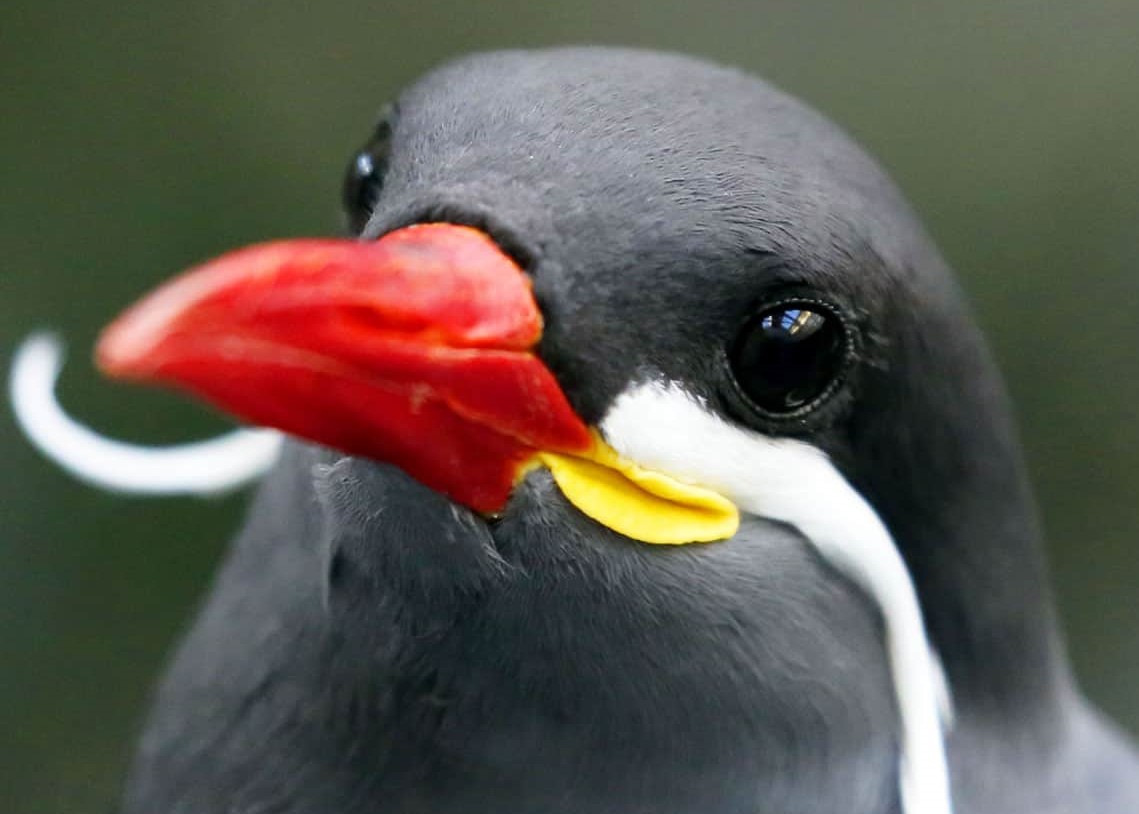Lactan
Lactans are a somewhat primitive sophont from Etetetere, lactans are an unusual reptilian species. Lactans are milk-producing reptiles, a trait commonly associated with mammals. They have not currently achieved space travel, having only been first classified as a sophont by the People's Association just thirty thousand years ago.
Anatomy

Lactans have a large head with large eyes in proportion, lacking eyelids and relying on their tongues to keep them hydrated. They are polyphyodonts, using their spare teeth in cutlery and weapon manufacturing.
Lactans are in the Gekkota infraorder, closely related to day geckos. They stand both upright on their hind legs and clamber along ceilings and walls with all four limbs, their large, bulbous tail somewhat hindering upright walking. More recent generations have smaller tails, showing rapid evolution to transition from quadrupedalism to bipedalism. From their lower torso upwards, including their arms, neck and head, are bright yellow scales. Their back legs and tails are a bright blue, green, or a blend of both.
Phylum: Chordata
Class: Reptilia
Order: Squamata
Infraorder: Gekkota
Family: Gekkonidae
Genus: Gekkonikus
Species: G. lactus
Upper Body:
Lower Body:
Average Height: 4'4" / 132cm
(Shoulder height, on hind legs)
Average Lifespan: 20 - 60 years
(Heavily depends on location)
Diet
Lactans have a rich diet composed of many different food sources. Cooking isn't common and most food is gathered. Lactans shed their skin twice a day, which is consumed as the majority of their diets. Their skin is riddled with microalgae and bacteria that aid the lactans.
Insects and arachnids make up the rest of a lactan's diet, supplemented with plant matter grown in small subsistence farmlands. The most common insects are lantern beetles - these nutrient rich beetles are plentiful in proteins and fats, both of which lactans require high amounts of. Some lactans use tools to collect their food; at dusk and dawn, lantern beetles gather in swarms of thousands around glowing ponds and lakes, collected using large nets.
Reproduction & Growth
Lactans are devoted parents, both male and females will care for offspring until classified as an adult. Females lay between twenty and forty eggs which they bury in a small underground pit, typically in a small room in the centre of their houses. Males are typically the nurturers - males are on average slightly physically stronger than females, and defend the home from predators or other lactans while eggs are incubating. Females gather food during this time.
Female lactans have glands under their armpits that secrete milk. Offspring suckle at the three teets underneath each armpit for approximately four to five weeks, however during this time they are almost completely independent.
Habitat
These people thrive in warmer, arid climates. Most lactans live in savannas and deserts around the Otobi Region of continent Otabas. Lactans typically live in small family units in isolated houses across these arid regions.
Behaviour
Tail Slapping
Tail slapping signifies anger or that something is deemed a threat. It is used to alert other lactans in the area of potential predators and threaten them.
Terratorialism
Lactans will fight for their own territories, which they mark out with sticks and poles. Their home is considered their base, with surrounding land used for subsistence farming.
Sluggishness
Lactans are a nocturnal species, and are very sluggish during daytimes. You'll almost never see a lactan out during the day, and if you do, something is probably wrong.
Wall Climbing
Lactan houses are complex, as they utilise each and every floor, wall, and ceiling. Using a type of extremely sticky sap, they will glue appliances and decorations to walls and ceilings, so that no space in their own homes go unused.
Tail Wagging
Tail wagging is a sign of happiness and contedness in a lactan. If they find their crops have grown exceptionally well, their tails wag for days.
Head Bobbing
Head bobbing can tell you the most about how a lactan is feeling. More striking and aggressive head bobs suggest they are stressed, anxious, or angry, and softer, more rounded head bobs are signs of positivity.








I wish I could climb on the walls and ceilings of my house. I kind of love these guys.
Explore Etrea
Me too, just think about how many more random items you could store in your house if you can fill the ceilings :O
MORE BOOKS
Explore Etrea